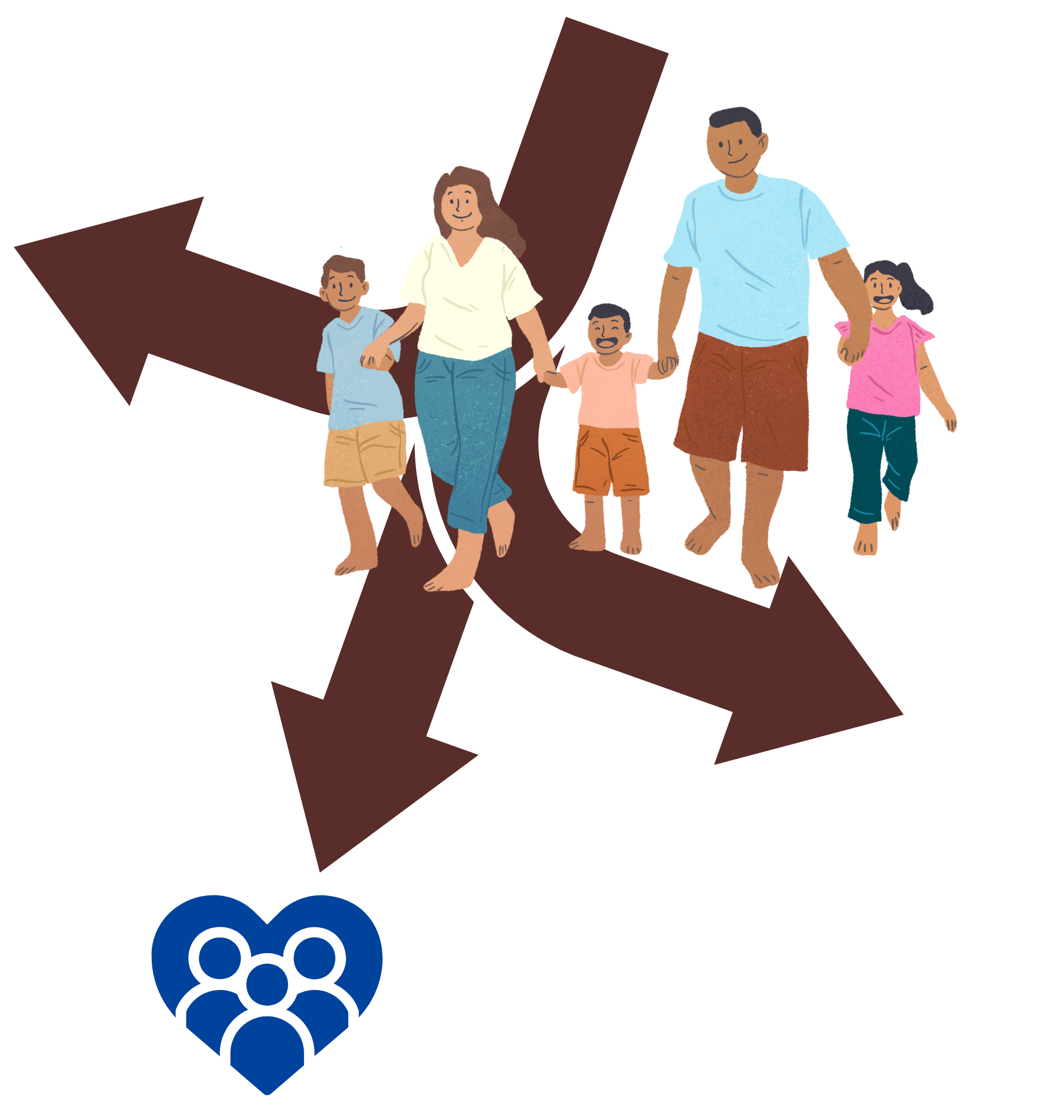What Is This Project About?
This project focuses on creating patient decision aids to help families in Canada make decisions about screening for Type 1 Diabetes (T1D), follow-up care, and whether to participate in clinical trials. These decision aids will help families understand their choices, the benefits and risks of each option, and what matters most to them.
The decision aids will be available in both English and French. We will also translate them into seven other languages, including Mandarin, Punjabi, Spanish, Arabic, Tagalog, Persian (Farsi), and Urdu. We also aim to work with Indigenous communities to ensure the decision tools are respectful of their culture and language.
What Will The Project Deliver?
This project will create decision aids that are easy to understand and will help families make important decisions about:
- Screening for T1D.
- Deciding whether to follow up after screening.
- Deciding whether to enroll in clinical trials.
They will be available for use in different settings, whether families have internet access or not.

Why Is This Important?
When families are faced with screening for T1D, follow-up care, or participating in clinical trials, these are often preference-sensitive decisions. This means there is more than one good option, and the best choice depends on what matters most to the family.
Many families struggle to make decisions after screening, especially if the results are positive. Some families might need help deciding if they should follow treatments or enroll their child in a clinical trial. Decision aids can provide the support families need to make these decisions.
What Is The Goal of This Research?
The goal is to create and test tools that will help families make decisions based on their values and the information they need. Here is what we plan to do:
- Co-design decision aids: Create tools, both printable and online, to help with decisions about screening for T1D, follow-up care, and clinical trials.
- Optimize decision aids: Make sure the tools are easy to understand, do not overwhelm users, and address any emotions that tend to come up when people make decisions.
- Evaluate the tools: Test how the decision aids affect people’s understanding, their feelings of uncertainty (decisional conflict), and their intentions to make certain decisions.
Methods Used In This Project
We will use a user-centered design process. This means we will involve the families who will use the decision aids from the very beginning. We will create early drafts of the decision aids and get feedback from families to improve them. Here are the steps we will follow:
- Co-design with families: We will work with people who will use the decision aids to create the first drafts of the materials. We will ensure the tools follow the best standards for design, understanding (health literacy), and communication.
- Test the drafts: Once we have early versions, we will test them with 80 to 100 families across Canada. This will happen over four to five rounds of testing, where we get feedback and make improvements each time. Some testing will be done online, and some will be in person, to make sure we get feedback from people in different regions and situations.
- Measure results: After the tools are tested, we will conduct experiments to see how they affect:
- Knowledge: Do families understand their choices better?
- Decisional conflict: Are they less unsure about what decision to make?
- Decision intentions: Do they feel more confident about their choices?
We will test these decision aids with families in both potential (hypothetical) situations and real-life scenarios.
What Happens Next?
Once the decision aids are ready, we will make them available to families across Canada. These tools will help families make informed decisions about screening, follow-up, and clinical trials, ensuring they choose what is best for them based on their personal values and goals.
